There is an open secret for every eCommerce store, if you can’t drive traffic to your store, you won’t get sales. Yes, it’s that simple yet painful, right? Even a brick-and-mortar store depends on foot traffic for sales.
That being said, traffic will not automatically come to your store. There is a saying:
Just because you have built it, doesn’t mean people will come to your store.
You need to apply some proven hacks to attract traffic to your online store. If you are wondering where you’ll get those hacks, no worries.
In this blog post, we will share a few tried and successful tips to drive traffic to your eCommerce store. So, without further ado, let’s get started!
Ask These Questions Yourself Before Trying to Drive Traffic to Your eCommerce Store
Before you set out to finalize your strategy to bring traffic to your eCommerce store. you should ask yourself the following questions-
I) Who is My Target Audience?
Define the demographics, interests, and behaviors of your ideal customers. Understanding your audience is crucial for creating targeted and effective marketing strategies.
II) What Problem Does My Product Solve?
Clearly articulate the value proposition of your products. Identify the pain points or needs your products address to create compelling messaging that resonates with your target audience.
III) Is My Website User-Friendly and Optimized for Conversions?
Evaluate the design and functionality of your eCommerce website. Ensure that it provides a seamless and enjoyable user experience, with clear calls-to-action and an easy checkout process.
IV) Have I Conducted Keyword Research for SEO?
Research relevant keywords in your industry to optimize your website for search engines. Understanding the terms your audience uses can improve your site’s visibility and attract organic traffic.
V) What is My Content Strategy?
Develop a content strategy that aligns with your audience’s interests and needs. Consider creating informative blog posts, engaging product descriptions, and compelling visuals to attract and retain visitors.
VI) How will I Leverage Email Marketing?
Plan your email marketing approach, including building and segmenting your email list, creating engaging campaigns, and implementing strategies like cart abandonment emails to recover potential sales.
VII) What is My Budget for Paid Advertising?
Determine a realistic budget for paid advertising campaigns. Consider platforms like Google Ads and social media advertising, and ensure that your advertising spend aligns with your business goals.
How to Drive Traffic to Your eCommerce Store- Tips from Industry Experts
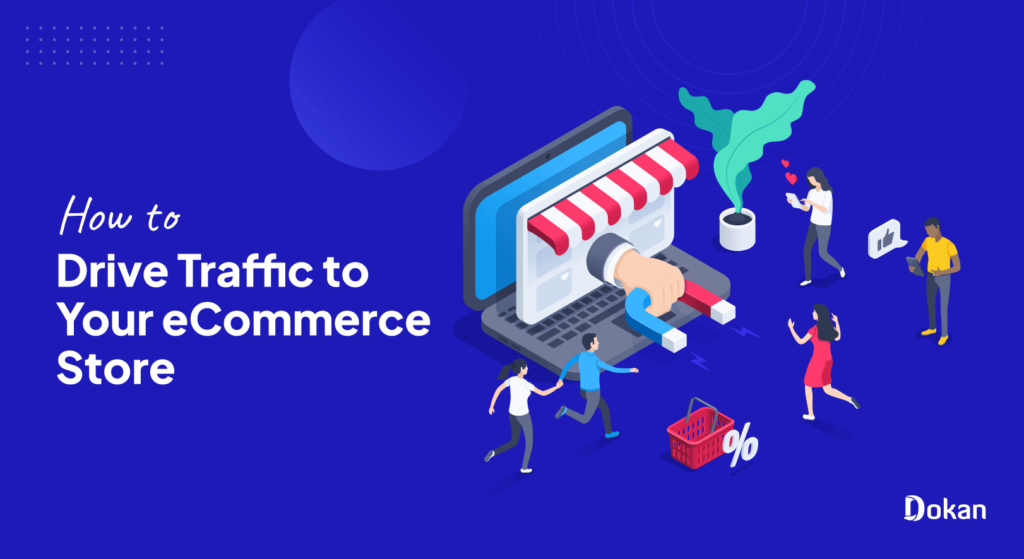
We will show you exactly 10 ways to increase traffic to your eCommerce store. We have divided these 10 ways into 3 different categories for your better understanding.
So, first, let’s check the list of tips to drive traffic to your newly created eCommerce website:
- Organic Traffic Strategies
- Search Engine Optimization
- Content Marketing
- Social Media Marketing
- Paid Traffic Strategies
- Pay-per-click (PPC) Advertising
- Social Media Advertising
- Influencer Marketing
- Other Traffic Generation Techniques
- Email Marketing
- Affiliate Marketing
- Referral Marketing
- Forum Marketing
The list seems exciting, right? Well, it will be exciting for you. Let’s get into the details!
a) Organic Traffic Strategies
Organic traffic strategy means finding ways to get more people to visit your website without paying for ads. This involves things like making your website show up higher in Google search results, creating good content that people want to read, and getting active on social media to attract more visitors.
The idea is to get more people to come to your website because they’re interested in what you have to offer, without having to spend money on advertising.
Let’s check out more about it!
1. Search Engine Optimization (SEO)
Search engine optimization is the first step that you should check from the list. SEO is a proven strategy that will help you to drive traffic to your eCommerce store if you can do it in the right way.
SEO involves optimizing your online content and website to improve its visibility on search engine results pages (SERPs). The goal is to enhance your website’s ranking for relevant search queries, ultimately driving more organic (unpaid) traffic to your eCommerce store.
Here’s a breakdown of key elements within SEO:
- Keywords: Identify relevant keywords people use to search for products or services like yours.
- On-page Optimization: Use those keywords strategically throughout your website content, including titles, descriptions, and headings.
- Backlinks: Acquire links from other websites to your own, as search engines see this as a sign of trust and authority.
- Technical SEO: Ensure your website loads quickly, is mobile-friendly, and has a clean code structure. This makes it easier for search engines to crawl and index your pages.
- Local SEO: If you have a physical store and want to gain local customers, leverage Local SEO. It ensures that your business appears in local search results, attracting nearby customers and driving foot traffic to physical stores.
Though search engine optimization is a proven strategy, however, remember, it’s a slow and steady process. So, keep working on it and you’ll be getting positive outcomes after a while.
2. Content Marketing

You may have heard that “Content is King” and this is proven. Creating quality content can help you to get steady organic traffic to your eCommerce store.
The primary goal of content marketing is to build a relationship with the audience, establish trust, and ultimately drive profitable customer action. In the context of an eCommerce store, content marketing plays a crucial role in educating, entertaining, and persuading potential customers.
Here are key aspects of content marketing:
- Define Your Target Audience: Identify who you want to reach with your content and understand their needs, interests, and challenges.
- Create High-Quality Content: Develop engaging and informative content in various formats (blog posts, articles, videos, infographics, etc.) relevant to your audience’s interests.
- Promote Your Content: Share your content on your website, social media channels, email lists, and other relevant platforms.
- Engage with Your Audience: Respond to comments, answer questions, and participate in discussions to build relationships and keep your audience interested.
Like the SEO, content marketing is another time-consuming process. You can’t just publish an article and expect positive outcomes from the article. It will take a while to get ranked on SERP and drive traffic to your store through the article. So, trust the process and keep publishing top-quality content to get the outcomes.
3. Social Media Marketing
Literally, everyone is on social media. All you need to find your target audience and show your products on their timeline. A stat shows that:
There are 5.35 billion social media users globally. This means 64.6% of the global population uses Social media. The global social media users are forecasted to reach 74% of the global population by the end of 2026.
Viralyft
To find the right audience and promote your eCommerce products to them, you need to go through the following processes:
- Platform Selection: Identify the social media platforms where your target audience spends their time. Each platform has its own demographics, content preferences, and engagement style.
- Content Strategy: Develop a consistent and high-quality content strategy aligned with your brand identity and audience interests. This can include engaging visuals, informative articles, entertaining videos, live sessions, and user-generated content.
- Community Building: Foster interaction and build relationships with your audience. Respond to comments, answer questions, participate in relevant conversations, and encourage user-generated content.
- Social Listening: Monitor online conversations about your brand and industry to understand your audience’s needs, preferences, and concerns. This feedback can inform your content strategy and improve customer relationships.
- Analytics and Optimization: Track key metrics like reach, engagement, website traffic, and conversions to understand your campaign performance and make data-driven decisions for continuous improvement.
You’ll rarely find a brand that doesn’t have a social media presence. So, without taking too much time to decide, jump into social media marketing. However, make sure you have a solid strategy for promoting your eCommerce products on social media.
To take inspiration from our official social media channels, you can get engaged with weDevs Facebook and weDevs Twitter.
b) Paid Traffic Strategies

The paid traffic strategy is the opposite of the organic traffic strategy. The goal of a paid traffic strategy is to attract targeted visitors to a website in order to generate leads, sales, or other desired outcomes.
This strategy involves careful planning, budgeting, and optimization to ensure a positive return on investment. Let’s dive into the deep!
1. Pay-per-click (PPC) Advertising
Pay-per-click (PPC) advertising is a digital marketing model where advertisers pay a fee each time their ad is clicked. It’s a method of buying visits to your website rather than attempting to earn those visits organically.
PPC is often used in search engine advertising, with Google Ads being one of the most popular platforms.
Here is how you can create and run PPC advertising to drive traffic to your eCommerce store:
- Keyword Targeting: You choose relevant keywords that people are likely to search for when looking for what you offer.
- Bidding: You set the maximum amount you’re willing to pay each time someone clicks on your ad for those keywords.
- Ad Auction: When someone searches for a keyword you’ve targeted, your ad enters an auction with other advertisers bidding on the same keyword.
- Ad Rank: The highest bidder’s ad will appear in the most prominent position, followed by other ads in descending order based on their bids and other factors like ad quality and relevance.
- Click and Pay: If someone clicks on your ad, you’re charged the predetermined amount you bid.
PPC advertising is a powerful tool for quickly driving targeted traffic to your eCommerce store. When executed strategically, it can generate immediate results and complement other digital marketing efforts. It’s essential to continually refine and optimize your PPC campaigns to maximize their effectiveness over time.
2. Social Media Advertising
Social media advertising is a form of online advertising that allows you to promote your online products on social media platforms like Facebook, YouTube, Instagram, Twitter, TikTok, and Pinterest. Using this form of advertising, you can display ads to users based on their demographics, interests, behaviors, and other targeting parameters.
Here is how you can leverage social media advertising:
- Platform Selection: Choose the social media platforms where your target audience spends their time. Each platform has different demographics, interests, and ad formats.
- Campaign Objectives: Define what you want to achieve with your ads, like increasing brand awareness, driving website traffic, or generating leads and sales.
- Targeting: Refine your audience by tailoring your ads to specific demographics, interests, behaviors, and even online purchase history. This targeted approach ensures your ads reach the right people.
- Budget and Bidding: Set a budget for your campaign and choose a bidding strategy, such as pay-per-click or impression.
- Ad Creation: Develop engaging visuals and compelling copy that resonates with your target audience. Experiment with different formats like images, videos, carousel ads, and stories.
- Tracking and Optimization: Monitor your campaign performance closely, analyzing metrics like clicks, impressions, and conversions. Optimize your ads by adjusting targeting, budgets, and ad creatives based on the data you gather.
Social media advertising is another proven way to quickly drive traffic to your eCommerce store. To get the best out of this form of advertising, always track your performance and keep optimizing your strategy.
3. Influencer Marketing
Influencer Marketing is a new form of paid marketing that has become massively popular nowadays. It’s a collaborative form of marketing that involves partnering with individuals who have a significant following on social media platforms.
These individuals, known as influencers, leverage their credibility, authority, and trust with their audience to promote your products.
Follow the below steps to launch an influencer marketing campaign:
- Identify Relevant Influencers: Find influencers whose niche overlaps with your target audience and brand identity. Look for individuals with engaged followings and genuine interactions within their communities.
- Collaboration Goals: Define your campaign objectives and collaborate with influencers on how they can best advocate for your brand. This could involve product endorsements, reviews, tutorials, social media mentions, or even co-created content.
- Creative Freedom: While providing some guidelines, allow influencers creative freedom to promote your brand in a way that resonates with their audience and style. Authenticity is key!
- Track and Measure: Monitor the campaign’s performance through engagement metrics, reach, and conversions. Evaluate the influencer’s impact and adjust your strategy as needed.
If you’re looking to collaborate with an influencer, don’t solely rely on their number of followers to make a decision. Rather, take a look at how people are responding to their content. This will enable you to partner with the most suitable people for your business.
Related: A Deep Dive into The Evolution of Marketing: How eCommerce Has Changed the Game
c) Other Traffic Generation Techniques
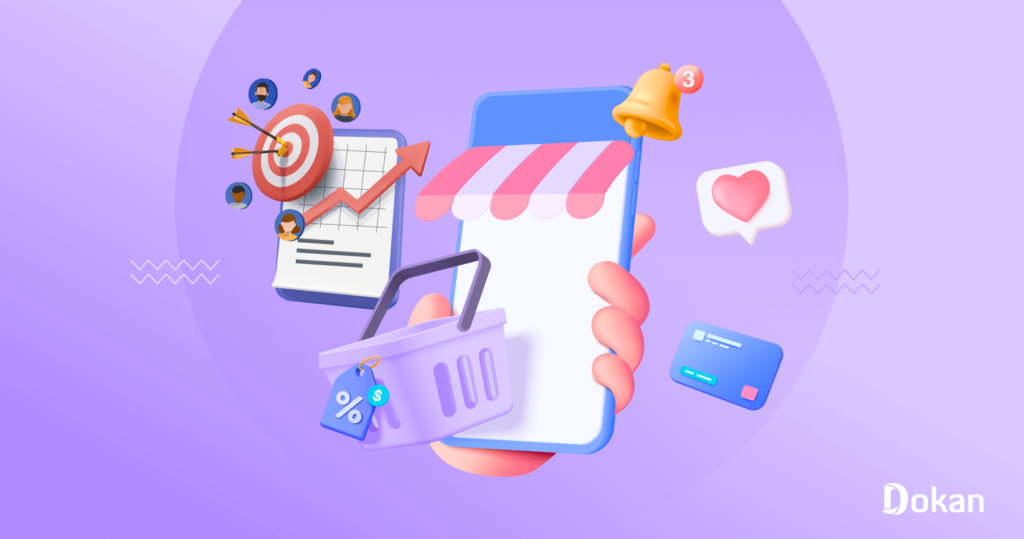
Now you know about organic traffic and paid traffic strategies. This is the last segment of tips to attract traffic to your newly created eCommerce store.
In this part, we will talk about email marketing, affiliate marketing, referral marketing, and forum marketing. So, let’s get started!
1. Email Marketing
Email marketing is still the most profitable marketing channel. If you can do it in the right way for your eCommerce business, you’ll get immediate positive responses. A stat on email marketing shows that;
18% of companies achieve email marketing ROI greater than $70 per $1 invested. Email is 40x more effective at acquiring customers than Facebook and Twitter combined.
Here is how you can use email marketing for your online business:
- Build Your Email List: Offer incentives like discounts, newsletters, or exclusive content to entice people to sign up for your email list.
- Segmentation: Divide your list into smaller groups based on demographics, interests, or purchase history for more personalized email campaigns.
- Crafting Compelling Content: Create engaging emails with relevant and valuable information, including promotions, updates, educational content, or entertaining stories.
- Email Design and Optimization: Focus on clear formatting, attractive visuals, mobile-friendliness, and strong calls to action to drive desired outcomes.
- Automation and Analytics: Utilize email marketing tools to automate campaigns, track email opens, clicks, and conversions, and measure the effectiveness of your efforts.
Note: At the beginning of your eCommerce journey, you won’t be able to start email marketing. Because to start email marketing, you’ll require a list of subscribers. So, first work on getting subscribers for your business, then, start sending them emails to drive more traffic to your eCommerce store.
2. Affiliate Marketing
You already know about affiliate marketing, right? It’s about promoting someone else’s products and getting a commission on every sale. It’s a proven way to increase traffic to an eCommerce store.
When someone else is promoting your product with a link to your site, traffic will use that link to come to your site. That is how you will more traffic to your eCommerce website.
Follow these tips when you are planning for affiliate marketing:
- Choose Your Niche: Focus on affiliates within your niche who have built trust and engagement with their audience.
- Offer Competitive Commissions: Ensure your commission rates are attractive enough to incentivize promotion.
- Provide High-Quality Marketing Materials: Give affiliates access to compelling banners, product descriptions, and promotional assets.
- Track and Analyze: Monitor affiliate performance through analytics tools to measure effectiveness and identify areas for improvement.
- Communicate Effectively: Maintain open communication with your affiliates to build trust and address any concerns.
affiliate marketing serves as a valuable tool for eCommerce store owners to drive targeted traffic, increase brand exposure, and boost sales. So, leverage this strategy for your business to get more exposure and sales.
Also Read: Free Affiliate Marketing with WordPress: A Guide for Beginners
3. Referral Marketing
Referral marketing is a smart approach where you will encourage and incentivize your existing customers to refer new customers to your products. It’s a powerful method to leverage satisfied customers and expand the customer base. Here’s how you can implement referral marketing:
- Offer Valuable Rewards: Incentives like discounts, points, or exclusive offers can motivate customers to recommend your brand.
- Make It Easy to Share: Provide easy-to-use referral mechanisms like embedded buttons, social media sharing options, or dedicated referral codes.
- Leverage Existing Channels: Promote your referral program through your website, email marketing, social media, and customer touchpoints.
- Show Appreciation: Thanking your referring customers and sharing their success stories can strengthen their loyalty and encourage further advocacy.
Referral marketing and affiliate marketing may seem similar to you. But both of them are different. To drive more traffic to your eCommerce store, we would like to suggest you try both strategies.
4. Forum Marketing

Forum marketing involves participating in online forums or discussion communities relevant to your industry, niche, or target audience. It can be a valuable strategy to drive traffic, build brand awareness, and establish your expertise within a particular community.
Here’s how you can leverage forum marketing to drive traffic to your eCommerce store:
- Be Helpful and Informative: Offer valuable insights, answer questions, and contribute meaningfully to forum discussions without overt sales pitches.
- Become a Trusted Voice: Share your expertise authentically and build relationships with other forum members.
- Promote Your Brand Subtly: Integrate your brand and products naturally into relevant discussions, avoiding aggressive marketing tactics.
- Adapt and Experiment: Be willing to try different strategies and adjust your approach based on what resonates with the specific forum community.
You should join forums like Reddit, Quora, Medium, etc. to drive traffic to your eCommerce site. There you’ll find relevant groups to join, help people, and encourage them to visit your site.
Forum marketing is a marathon, not a sprint. By providing genuine value, building trust, and consistently engaging with your target audience, you can leverage online communities to drive targeted traffic, build brand awareness, and ultimately, achieve sustainable growth for your eCommerce store.
Bonus: Follow Recent eCommerce Trends to Attract More Traffic to Your Online Store
Staying up-to-date isn’t enough for an eCommerce store owner who wants to be the next big thing. You have to be futuristic to stay ahead of the race.
Here are some recent trends you can leverage to drive more traffic to your store:
- AI-Powered Recommendations: Tailor your product suggestions to individual customers based on their browsing history, past purchases, and online behavior.
- Dynamic Content: Adjust website elements like banners, product listings, and promotions based on user preferences and location.
- Chatbots and Virtual Assistants: Offer personalized customer service experiences through AI-powered assistants that answer questions, recommend products, and handle simple orders.
- Mobile Shopping Features: Offer functionalities like one-click checkout, mobile wallets, and location-based services for a seamless mobile shopping experience.
- User-Generated Content (UGC): Encourage customers to share their experiences with your products through reviews, photos, and social media mentions.
- Virtual Try-on Features: Allow customers to virtually try on clothes, furniture, and other products before making a purchase, boosting confidence and conversion rates.
- Interactive Product Experiences: Showcase your products in 3D and integrate AR experiences into your website and marketing materials.
- Run Targeted Social Media Ads: Utilize paid advertising on platforms like Facebook and Instagram to reach specific demographics and interests with your marketing messages.
Remember, adopting these trends is just the first step. Testing, analyzing, and refining your approach based on data and customer feedback is key to unlocking their full potential and driving real results.

How to Drive Traffic to Your eCommerce Store- Final Words
Traffic is everything for an eCommerce website. Without getting traffic, you won’t get sales. That being said, now you know everything about driving traffic to your eCommerce store. So, what are you waiting for? Start applying all these tips discussed in this blog to attract more traffic to your site.
We have also discussed a few points on future trends for eCommerce business. You need to follow these trends as well to stay ahead of the race.
Now if you want to share any feedback related to this blog, or want to add any other point, you are more than welcome to do that using the comment box below. We would love to hear from you. Thank you!
Subscribe to
Dokan blog
We send weekly newsletters, no spam for sure!


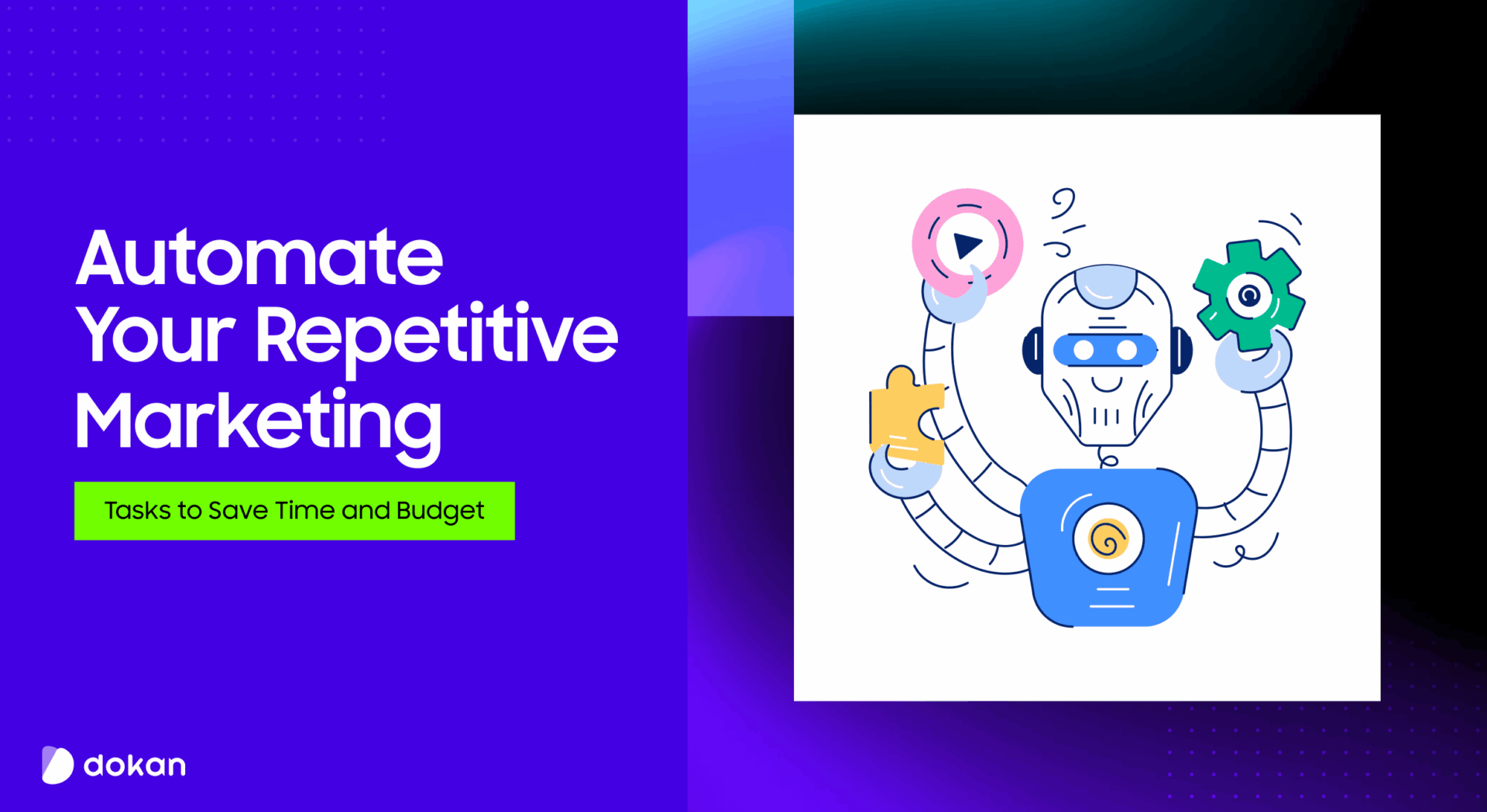
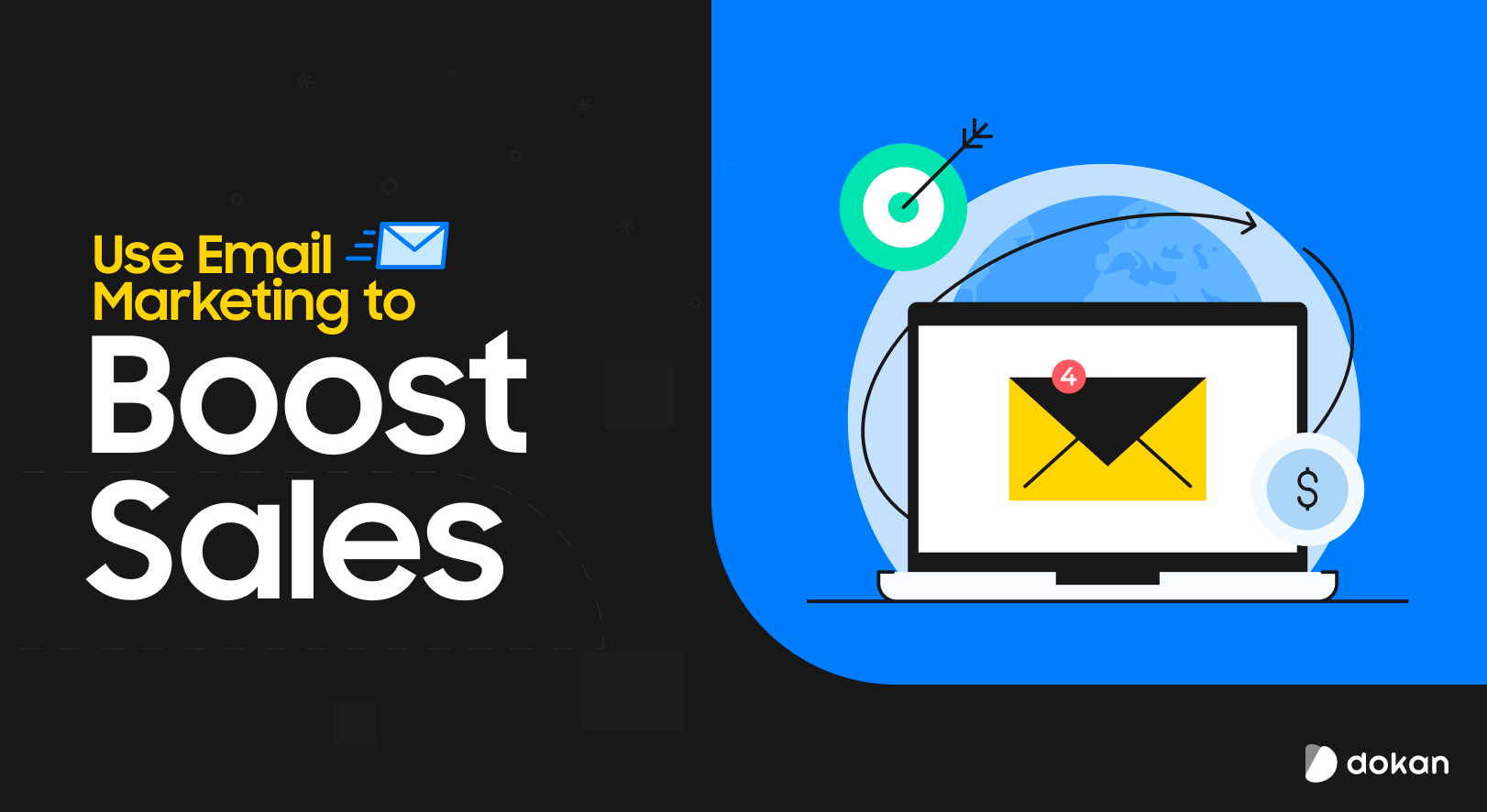
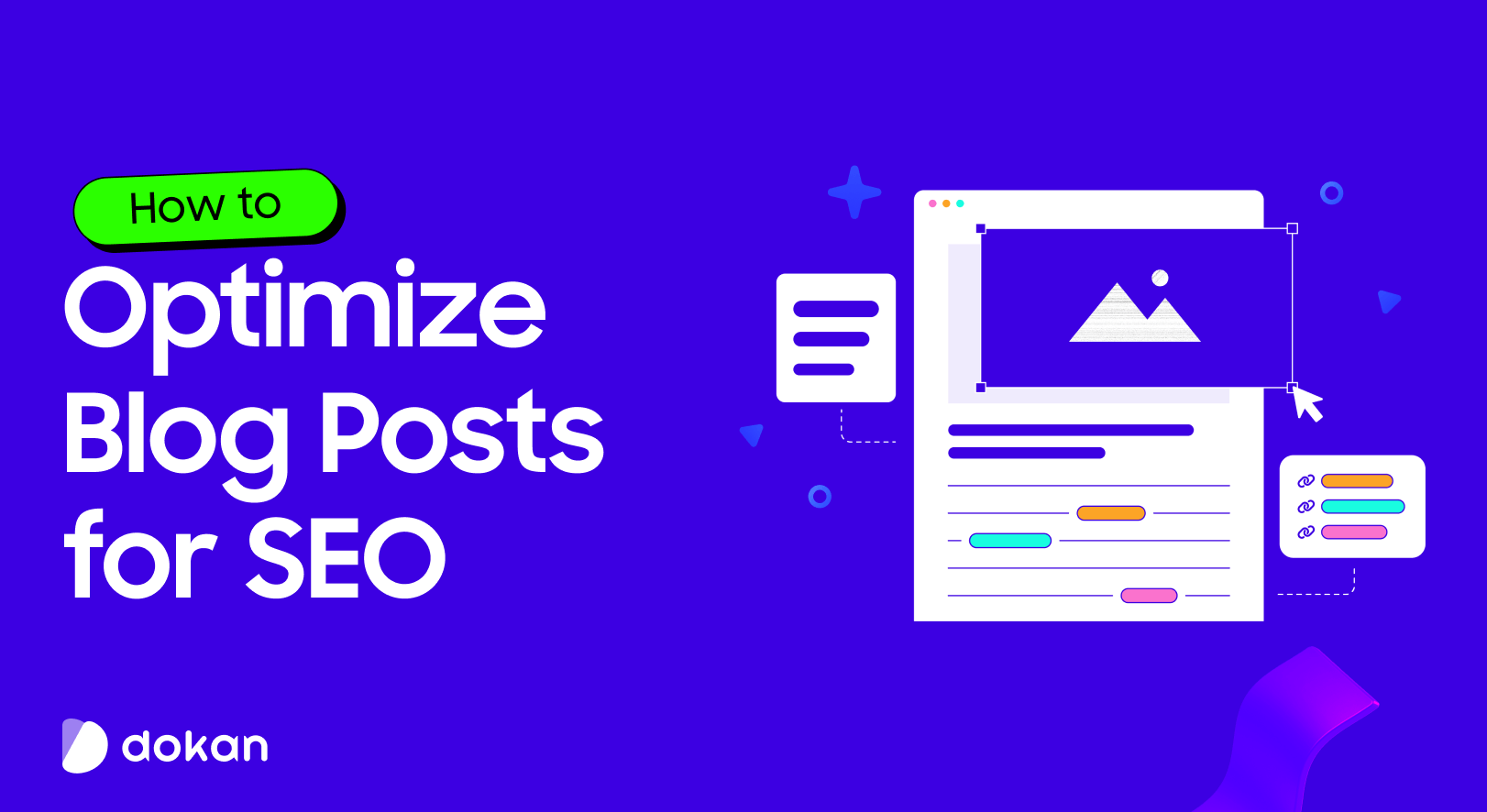


Leave a Reply